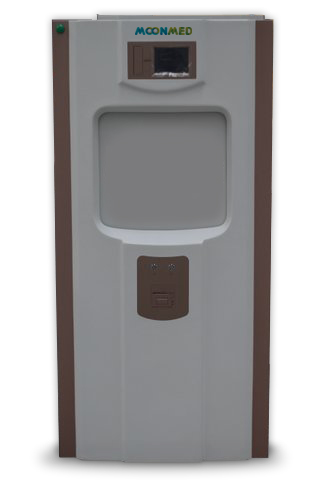A particular challenge for the medical industry is the need to keep instruments sterile – free from harmful contaminants such as viruses, fungi and bacteria. There are a number of sterilization methods and equipment, with the most effective and efficient being that which combines heat along with pressure and humidity in a device known as an autoclave. In fact heat sterilization of medical instruments is believed to have been used in ancient Rome.
The autoclave is similar to a pressure cooker where high-temperature steam is forced in under high pressure, removing air. Autoclave sterilization is ideally used for items such as surgical instruments which can tolerate humidity, high temperature and pressure. The advantages of autoclaving is that it destroys micro-organisms more efficiently than dry heat. Another advantage is that a large quantity of material can be sterilized in one batch. In the medical industry, autoclaves are used to perform sterilization.
There are a number of other methods for sterilization in the medical field.
●Ethylene Oxide (ETO) Sterilization – was first reported in 1859. The sterilization cycle consists of 5 stages – gas introduction, evacuation with humidification, exposure, evacuation, and air washes, taking about 2 1/2 hours. Mechanical aeration takes between 8 to 12 hours at +50 to +60°C, and on completion of aeration, the sterilized objects are removed. Ethylene Oxide (ETO) Sterilization is suited for objects which can’t sustain the high temperature and moisture necessary for steam such as with autoclave sterilization.
Plasma Sterilizer

PLASMA STERILIZER
- Hydrogen Peroxide Sterilization – Hydrogen peroxide was discovered by LJ Thenard in 1818 and is a popular alternative to ethylene oxide. It is known for its use in the pharmaceutical industry and can be used in 2 ways – hydrogen peroxide plasma sterilization and vaporized hydrogen peroxide sterilization.
- Vaporized Hydrogen Peroxide (VHP) sterilization is made up of 3 stages – conditioning including vacuum generation, aeration and H202 injection, taking about 60 minutes, including aeration time. VHP sterilization is suited for objects that can’t sustain the high temperature and moisture necessary for autoclave sterilization, and its low temperatures – +25°to +50°C make it suited for medical devices which may have electronics.
In an Emergency Situation
There are different ways to sterilize objects for medical applications, and each sterilization method has its own special characteristics. The method of sterilization will depend on the intended use of the medical device. In any emergency situation however, unless you have a commercial autoclave or prepackaged sterile products, you’ll have to sterilize the best way you can by removing debris off the instruments and either heating the instruments over an open flame or alternatively allowing the instrument to soak in boiling water for 20 minutes. In a hospital situation or out in the bush, sterilization means life.



